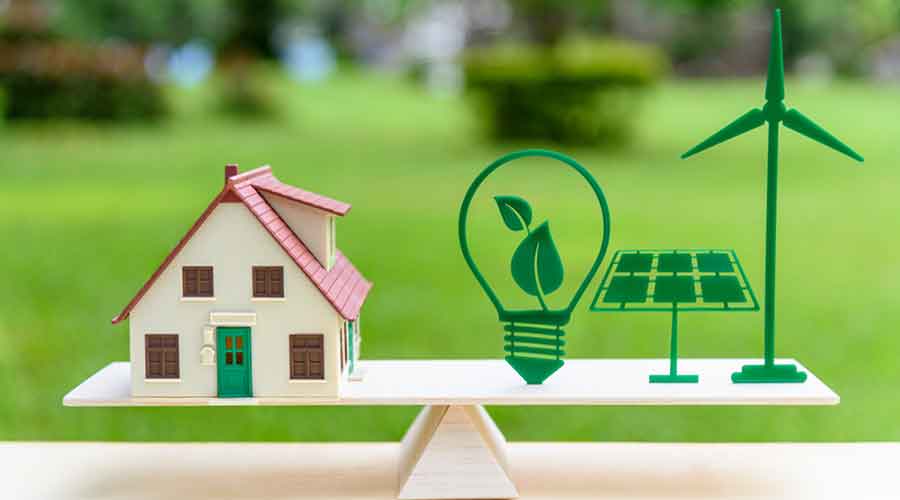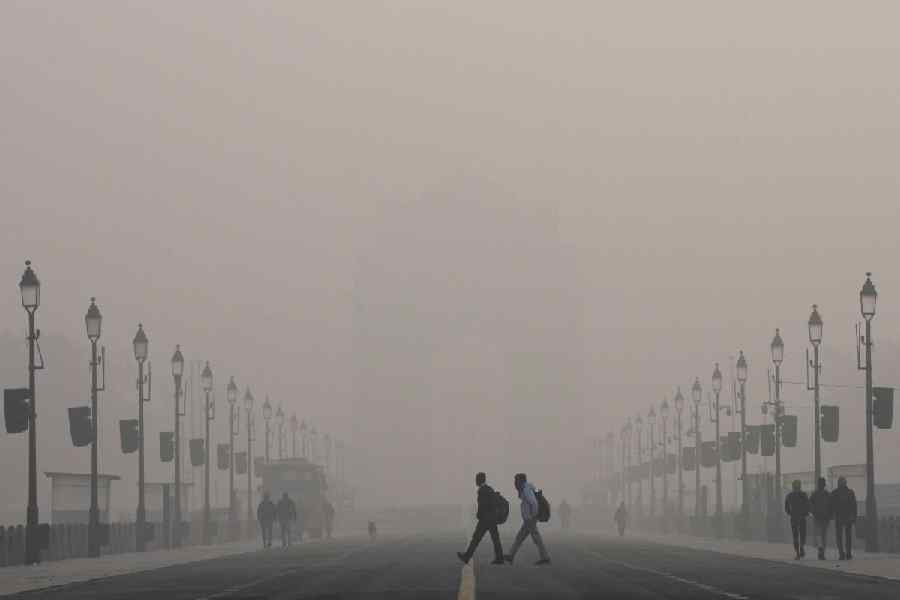In an effort to boost sustainable energy, the Niti Aayog partnered with the United States Agency for International Development to develop an energy modelling system — the process of estimating and analysing energy to meet a country’s demand without losing energy during supply and while keeping in mind environmental complexities. Both renewable and non-renewable sources of energy come with associated problems. If renewable sources are not always available owing to their dependence on natural sources, power generated from traditional sources cannot be stored efficiently. But because of the variability of demand and supply and absence of estimations, the maximum amount of electricity that could be needed has to be produced and whatever is not utilized is wasted. Power loss during the transmission of energy is included in this. India loses $86 billion annually, according to the World Bank owing to this. The challenges of unequal energy access and non-uniform sources of energy make the modelling of energy much more difficult in India.
The Niti Aayog says that India will take on the experiences of the United States of America’s Energy Modelling Forum. India’s forum will constitute various think tanks and research organizations like TERI, IRADe, CEEW, NCAER and so on which have been consistently developing scenarios, modelling studies and analyses to provide inputs to the government. But if India does not dust off the problems of the EMF, which has not been very efficient, such a model might only become a development mirage.
Energy models are computer programs, and the EMF is criticized for its top-down approach. Local data is scarce and mostly the generation of data is focused on specific areas and organizations. Such modellings are considered undemocratic and biased since, among other things, the models depict the behaviour of all consumers and businesses as a group and not as different entities. The models also do not reflect the social and environmental impacts that are not part of the prices and transactions in the market. Studies have shown that this model has not really been as effective as it claims. In the US, projections were different from forecasts, either overestimating or underestimating energy consumption and production. Lack of information on behavioural aspects of households is one of the causes for the errors. Behaviour is key to successful energy modelling and India’s huge population living in rural, remote and untraceable areas might be a challenge for the developers of the programme.
Data gathering and analysis are important parts of energy modelling. But the collection, simulation and processing of data are more important than reporting. Open Energy Modelling is a framework which can resolve the issues of transparency. Under such systems, input is not restricted to be fed by appointed members and the open access of the programme allows individuals to contribute. Tools like the Open Source Energy Modelling System and Tools for Energy Model Optimization and Analysis are more democratic than closed source programs. Open models allow countries with a limited budget to build their own domestic modelling capabilities.
International organizations like the United Nations Department of Economic and Social Affairs have promoted the use of open source programmes and countries that have adopted such modelling methods include South Africa, Cyprus and Bolivia. China uses another open source like energy modelling, the Demand Resources Energy Analysis Model, and addresses end-use energy demand characteristics and links between economic growth and energy demand.
India hosts vulnerable communities which do not have energy access and are worst affected by greenhouse gas emissions accredited to energy production. Efficient and clean energy is central to energy modelling system analysis. Rapid decarbonization and equal access to energy require modelling that can trap the potential new low carbon technology trends and make it accessible and affordable at the end-user level. Better representation of behavioural response, wide contribution from every level and technological detailing in the standard models may provide better outcomes for India.











